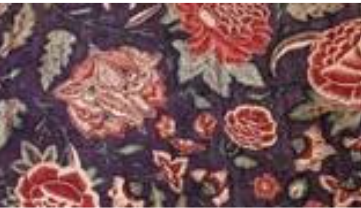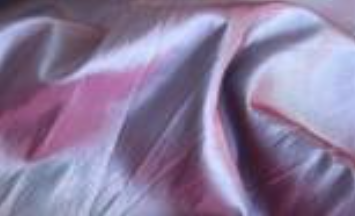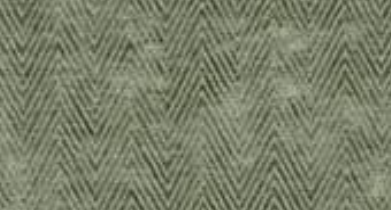TCRI ch.1 + 2 exam
1/40
There's no tags or description
Looks like no tags are added yet.
Name | Mastery | Learn | Test | Matching | Spaced |
|---|
No study sessions yet.
41 Terms
fabric manufacturers
Use weaving, knitting, knotting, and twisting, braiding, tufting to form fabric structures form yarns
dyers / printers / finishers
Apply chemical and mechanical treatments to alter te cloth’s appearance
distributors
Wholesalers; are the main suppliers to the interior design and architect marketplace; work with mills to develop products that create a brand identity
fabric designers / colorists / creative directors
Responsible for ensuring that the company’s line is ready; specialize in color development of patters in process; manages decisions around the structure, surface pattern or color in several areas of the process
When selecting interior textiles, what should designers consider?
Best solution for the function and aesthetics of the interior
Aesthetic considerations
Performance and safety factors
Maintenance considerations
Cost and installation factors
Monitor consumer selections and respond to changes in preferences
Economic factors
Changes to fiber and fabric producers
Imports and tariffs
Government regulations and consumer protection
Identify the 3 classifications of fibers and their sources.
Natural Fibers
Artificial Fibers
Synthetic Fibers
Natural Fibers
made up of natural supplements, often expensive, more durable, soft, luxurious, and resilient
Artificial Fibers
obtained from different processes (synthesis of polymers, alteration of natural fibers). Usually made from natural resources
Synthetic Fibers
man-made, used to increase the utility and improve the quality of natural and artificial fibers
Which natural fiber is derived from a mineral? What is it primarily used for?
Asbestos
Primarily used for textiles, thread, yarn, and twine (lightweight, strong)
What are animal skins retrieved from?
retrieved from small animals (lambs, goats, calves), max. size approx. 9 sq ft
What are animal hides retrieved from?
retrieved from large animals (deer, horses, cattle), max. size approx. 25 sq ft.
ANSI
American National Standards Institute
Private, nonprofit organization that oversees the development of voluntary standards for products, services, processes, and systems
ASTM
American Society for Testing and Materials
Global standards organization that develops and publishes
AATC
American Association of Textile Chemists and Colorists
Luster
Depends on the quantity of light waves reflected from the surface of the fabric; also known as sheen
Hand
Refers to the tactile characteristics of a fabric; smoothness, roughness, temperature, feel
Drape
The manner in which a fabric hangs vertically
Texture
The nature of the surface of a fabric
Abrasion resistance
The ability of a fiber to resist loss due to friction from another object
Light resistance
The ability of a fiber to resist degradation due to exposure of light
propensity to pill
Pilling is the formation of tiny balls of entangled fibers on a fabric surface; most common with synthetic staple fibers
Flammability
Fibers are described as flammable, flame-resistant, noncombustible, or fireproof
Thermoplasticity
The ability of fibers to be transformed through heat exposure
What are 4 factors that need to be considered when selecting fabrics?
Fiber Content
How the yarn is made
How the fabric is constructed
How the fabric is finished

Chintz

Basket Weave

Taffeta

Plaid

Houndstooth

Herringbone
Cotton
Natural Fiber
Cellulosic
Obtained from plant-based materials
Linen
Natural Fiber
Cellulosic
Obtained from plant-based materials
Jute
Natural Fiber
Cellulosic
Obtained from plant-based materials
Wool
Natural Fiber
Protein
Obtained from protein sources (insects and animals)
Silk
Natural Fiber
Protein
Obtained from protein sources (insects and animals)
Acetate
Artificial Fiber
Extruded plant material combined with other sources
Rayon
Artificial Fiber
Acrylic
Synthetic Fiber
Made from natural gas, petroleum, and coal; chemically produced
Nylon
Synthetic Fiber
Made from natural gas, petroleum, and coal; chemically produced
Polyester
Synthetic Fiber
Made from natural gas, petroleum, and coal; chemically produced